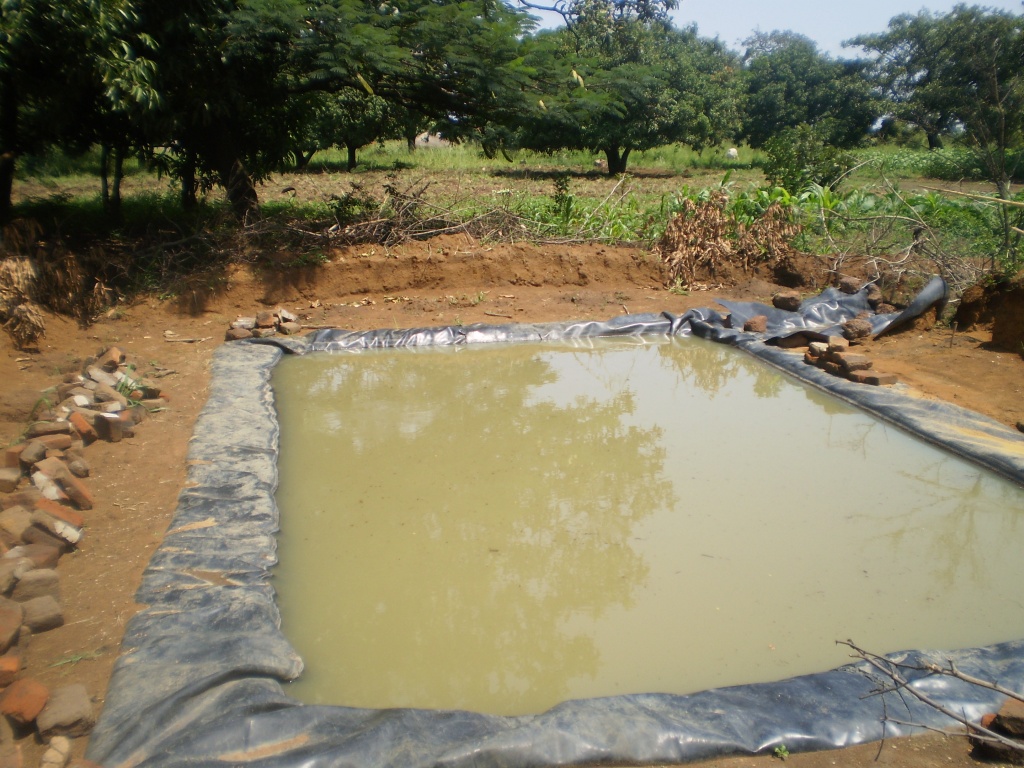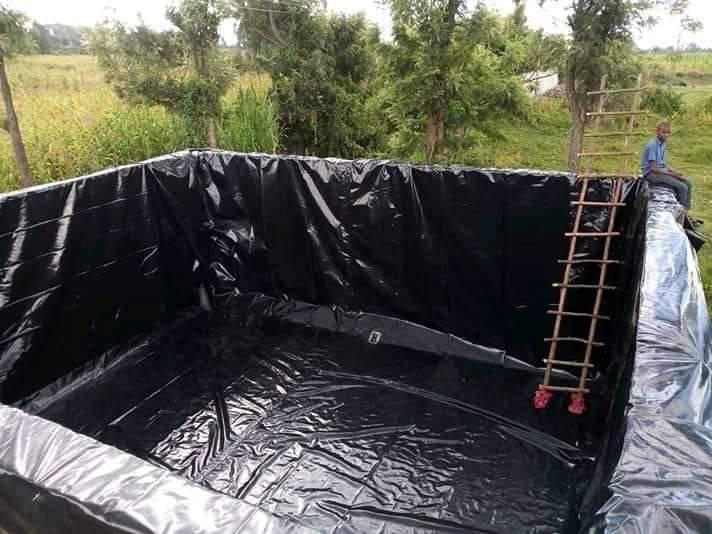
Damliner full of water.
Residents especially farmers in most parts of the country have the next seven days opportunity to harvest rain water for future use following the yesterday’s alerts by the Kenya Meteorological Department that most places in the country will receive heavy rainfall.
The seven-day forecast which covers periods between September 19 and 25 will for instance see the coastal strip receive between 20mm and 50mm of rainfall beginning today through Thursday.
The coastal strip which includes Mombasa, Lamu, Kilifi, Kwale and Tana River counties have started witnessing heavy rainfall with Kwale and Mombasa notably in the lead according to the Meteorological Department’s assistant director Mr. Samwel Mwangi.
This according to Mwangi will soon spread towards the north coast beginning today. “In an event the department identifies any significant changes in weather patterns, we always give alerts that the country may be aware,” he said.
Though Mwangi said other regions will receive rainfall but not as heavy as the coast, residents of Gusii region that includes Kisii and nyamira Counties yesterday witnessed heavy rains that saw most rivers full breaking river banks.
Evans Kongai, a farmer in Mawawa ward Nyamira County, must be a happy farmer. He just completed digging and installing his 5x8x2 metres damliner and 1000 litres tank of water at a cost of Sh11, 000 with a support he got from an agro financier.
“I am delighted that the rains have come at the right time when my water harvesting kits are already in place. This assures me enough water for my farming activities later in the year and beginning of next year,” said Kongai.

Evans Kongai in his just completed damliner.
According to Rains Foundation Kenya organisatin, it doesn’t rain much in Kenya, mostly twice in a year in a few weeks of extremely heavy downpour. Therefore, o prevent drought and food scarcity, it is essential to make the best use of that water by upping our water harvesting techniques.
The organisation further notes that of all the countries in East Africa, Kenya has been at the forefront of many innovative technologies to capture the scarce rainwater that large parts of the country receive.

















